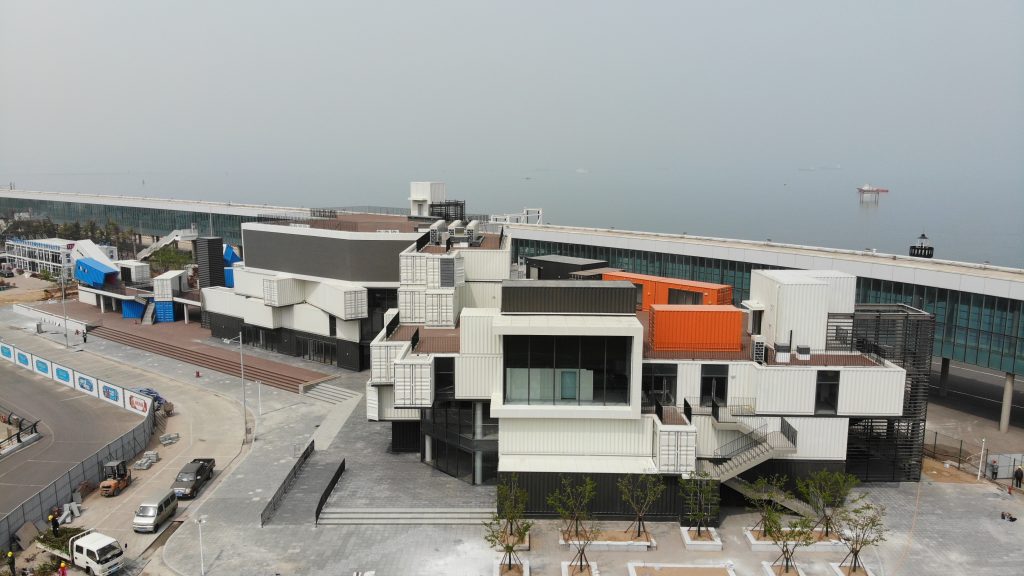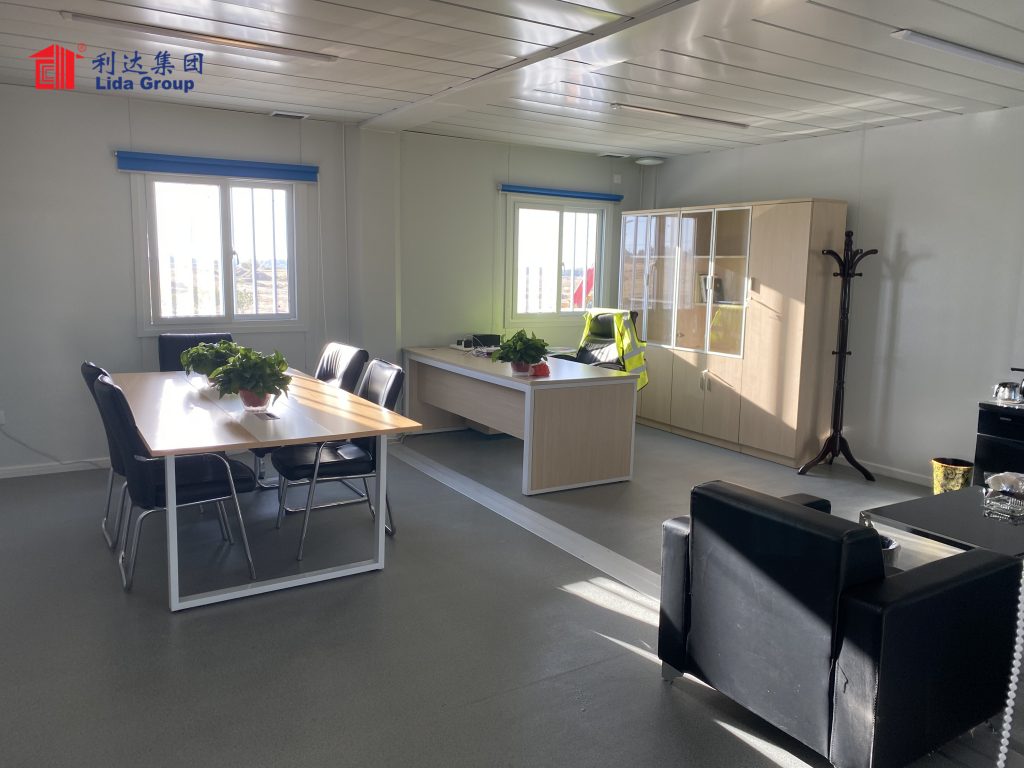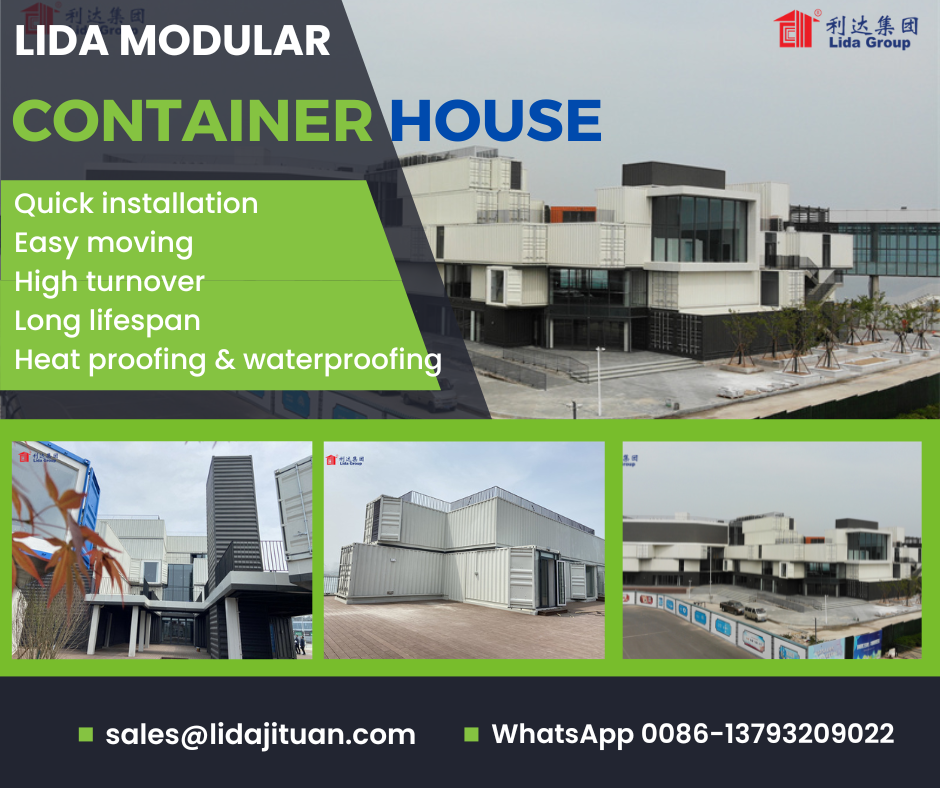As interest grows in prefabricated and ready-made housing options, more homeowners are considering a manufactured or modular building approach for their next home. Companies like China-based Lida Group have emerged as leaders in off-site construction, designing and producing high-quality home packages for swift on-site assembly. However, buying a ready-made house does involve some distinct factors for buyers to understand up-front compared to a traditional site-built home. Here are answers to some frequently asked questions to help buyers know what to expect when purchasing a prefabricated or manufactured home.
Is a ready-made home just like a site-built one?
While building codes and standards ensure prefabricated structures meet the same safety requirements as site-built homes, there are some key differences in the construction process:
– Ready-made homes are constructed primarily in a factory setting under more consistent quality control versus on an outdoor job site.
– Modules, panels or entire house shells are transported for assembly once foundation/utilities are prepared on-site.
– Construction time is typically faster as the majority of work occurs indoors off-site beforehand. Weather delays are avoided.
– Improved energy efficiency is common from tight quality construction not exposed to elements during build-out.
So in summary – same durable shelter outcome but improved building method leveraging controlled factory production versus fully on-location build. Codes ensure identical safety/structural integrity.
What are the cost differences versus a traditional home build?
Total costs for a ready-built home can be comparable to or lower than site-built depending on the project. Some factors influencing pricing include:
– Foundation/site prep costs same as custom home. But construction itself typically 20-30% cheaper due to faster indoor build and less waste/reworx.
– Materials sourced in bulk may see quantity discounts. Factory assembly allows precision cutting minimizing waste.
– Installation by experienced crews goes quicker than on-site, reducing labor costs. Schedule certainty can save project management fees.
– Any transportation/crane fees to deliver modular packages must be considered versus singlesite construction.
Experienced builders/manufacturers like Lida Group offer all-inclusive prefab package pricing for accurate upfront cost estimates versus traditional builds. Overall, savings of 10-15% are common when factoring in cost vs schedule benefits.

What home styles are available as ready-made options?
Just about any style of home can be produced using prefabricated or modular construction techniques. Popular ready-built options include:
– Ranch, two-story, and multi-family home designs
– Contemporary and custom styles with metal or composite exteriors
– Tiny homes, garages, commercial buildings and more
– Manufactured homes constructed entirely in a factory per federal standards
Leading prefab firms work with architects to offer a huge library of floorplans adaptable to any assemblage configuration required. Companies even accept buyer custom home designs for pricing and production. Style choices are only limited by foundation/utility space available on-site.
Do prefabricated homes retain their value like traditional homes?
Yes, prefabricated and ready-built homes can maintain their resale values as well as traditionally constructed houses when built with durable materials and to standard real estate property specifications. Some considerations include:
– Appraisal valuations are similar when homes meet local building codes on permanent foundations.
– Proven energy efficiency may actually increase appeal/values over time as costs to own/operate are lower long term.
– Modular homes assembled properly on-site/indistinguishable from custom builds do not face value stigmas.
– Custom designs/layouts, quality brands like Lida Group offer as much uniqueness and character as site-built homes.
As long as the manufactured or modular home is constructed to applicable codes for that area and installed on a permanent foundation as real property, realtors report ready-made houses appreciate in value similar to any other home style over the ownership period.

What transportation and installation factors should I consider?
Prefabricated or modular home packages are generally delivered either whole or in sections by specialized over-width trucks. Common installation steps include:
– Ensuring adequate road access, perhaps trimming trees along route
– Having site prepped with foundation/utility rough-ins completed ahead of time
– Arranging for heavy lifting/setting equipment like cranes if two-story
– Factoring driveway encapsulation if modulars arrive in multi-trip deliveries
– Temporary power/water hookups during on-site assembly may be needed
Experienced manufacturers schedule deliveries/erection, but buyers provide cleared access routes and prepared foundation according to plans. For whole home shipping, extra-wide trailers are often used. Prefab firms handle permitting wherever possible to streamline the delivery-to-occupancy timeline.
Is maintenance different than a traditional build?
With prefabricated homes like those from Lida Group, maintenance is often simpler than regular homes thanks to tightly quality-controlled construction leaving fewer areas vulnerable to leaks or drafts over time. Features such as:
– Precise sealing/insulation of panels cut down air/water infiltration points
– Structurally engineered homes resist issues like mold or water damage better
– Durable exterior finishes like HardiePlank siding or metal rarely need upkeep
– Factory testing ensures electrical, plumbing and HVAC are reliable for decades
Simple routine tasks like touch-up painting every 5-10 years are often the extent of maintenance required for a well-made prefab versus traditional builds potentially needing sooner repairs. Overall lifetime costs to own may even be slightly lower.
In summary, with proper understanding of manufacturing process differences and the logistics involved, buying a ready-built home delivers all the main benefits of a custom home project with improved efficiency, sustainability, scheduling and quality assurance. Top prefab firms cover project management very well to create a seamless process.

Related news
-
Location, Location, Location: Zoning Regulations and Where You Can Build a Factory-Built Home.
2023-08-10 17:28:28
-
Saving with a Prefab: Lower Building Costs, Fewer Utility Bills and Minimal Maintenance Expenses.
2023-08-10 17:49:02
-
Prefab Permits and Inspections: Navigating the Approvals Process for a Manufactured Structure.
2023-08-10 16:58:47
contact us
- Tel: +86-532-88966982
- Whatsapp: +86-13793209022
- E-mail: sales@lidajituan.com


